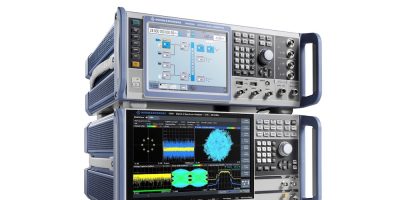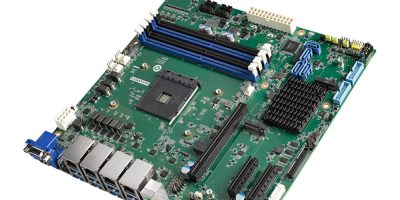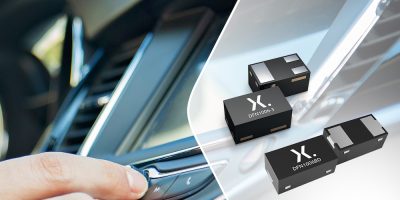To address the challenges that arise from 5G NR (New Radio) Release 17 relating to system performance and which will enable expansion into new applications, Rohde & Schwarz has introduced co-ordinated software options for its vector signal generators and signal and spectrum analysers.
Software options for the R&S SMW200A vector signal generator and R&S FSW signal analysers have been upgraded to meet the latest requirements while the R&S FSVA3000 signal and spectrum analyser and R&S SMM100A vector signal generator also handle 5G NR Release 17.
5G NR is the global mobile broadband standard for a unified 5G wireless air interface. It accelerates mobile broadband experiences and extends mobile technology for new and emerging industries, explained Rohde Schwarz.
Some key features for Release 17 include low latency communications for industrial IoT, integrated access and backhaul and radio access network slicing. In addition, 3GPP extends the frequency support to 71GHz which requires an adaptation of the physical layer, notably the addition of two new subcarrier spacings (480 and 960kHz), and the support of wider signal bandwidths up to 2.0GHz.
The enhanced dynamic front end module in the R&S FSW signal and spectrum analyser enable it to be used for evaluating communication components or systems, including 5G NR FR2 or IEEE 802.11ay/ad chipsets, amplifiers, user equipment and base stations.
Rohde & Schwarz has also introduced a 67GHz frequency option for the R&S SMW200A vector signal generator which allows up to 72GHz in over-range mode. This ensures support of all planned higher frequency 5G bands, as well as the 60GHz WiGig band and inter-satellite links. The generator includes flat frequency response and four hardware-based levels of phase noise performance which apply to the new frequency options.
The latest 5G options for the R&S SMW200A vector signal generator and the R&S FSW signal analyser are available now.







